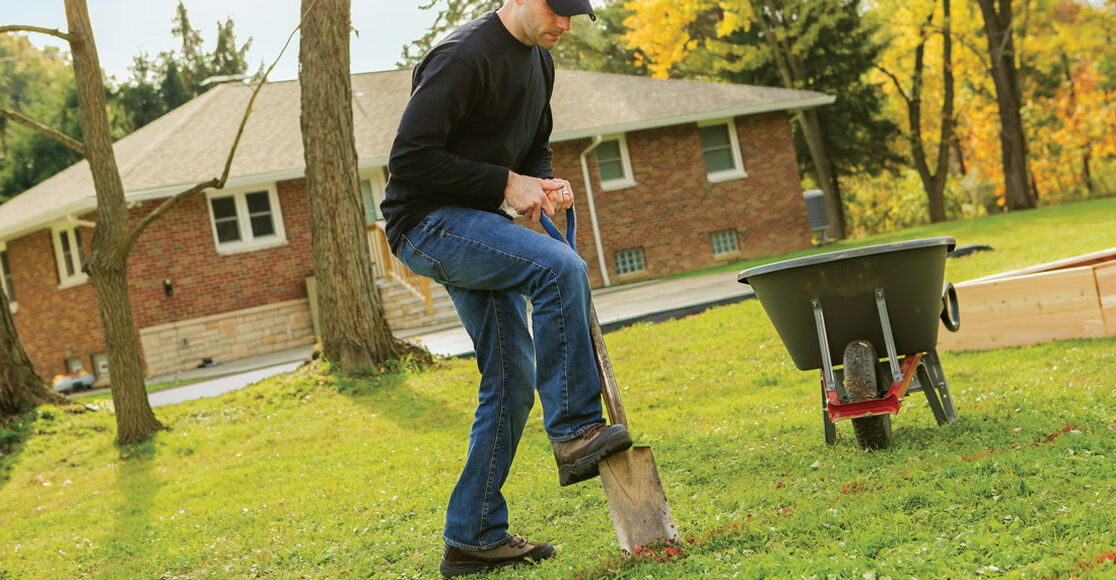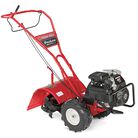Digging and preparing a new garden bed is best done as a fall chore, since it will loosen the soil and many of the weeds will die off during the winter. This will reduce the amount of weeds that will pop up in the spring. But most people don't get around to putting in new beds until the spring. Here are some steps to give you the best results for a new garden bed this spring.
- Carefully select the location you would like to turn into a new bed. For instance, if you want to grow a vegetable garden, a spot that gets full sun is best. A good rule of thumb is that if you grow a plant for the fruit or the root, it needs full sun. If you grow it for the leaves, stems or buds, a little shade will be just fine. Always keep in mind that some sunny spots may become shaded once the trees grow leaves in the late spring.
- If you have poor soil conditions or find it difficult to bend down to work in the garden, consider creating a raised bed area where you can more easily work the soil and tend the plants. Raised beds will also warm up quicker in the spring.
- Avoid low areas in the ground or any spot that holds water. Very few plants will tolerate "wet feet".
- If you chose an area that is currently part of the lawn, you must first remove the sod. You can take different routes to accomplish this, but keep in mind that those that yield quick results can require considerable effort, while less labor-intensive methods may take at least a season to produce results.
The four main methods of removing sod are digging, tilling, smothering and applying herbicides.
- Digging produces quick, clean results and allows you to plant immediately. If the sod is in good condition, it can be used elsewhere in your yard. It also makes good compost. Drawbacks include significant loss of organic material and it is very labor intensive.
- Tilling also produces quick, clean results and allows you to plant immediately. It retains the organic matter in the soil and is quicker and easier than digging, since the machine does most of the work for you. It can be difficult, however, on rocky sites or in wet and clay soils. The Pro-Line® CRT is Troy-Bilt's most powerful counter-rotating garden tiller, designed to break up hard-packed soil quickly and easily. Avoid grinding soil down to a fine powder by stopping once you have clumps of soil the size of tennis balls.
- Smothering is the easiest way to eliminate grass but can take up to several months to produce results. Simply cover the area you want with cardboard or newspaper and keep it watered down to hold in place. It will eliminate light getting to the grass and cause it to smother. It will take several months for the grass to die back, but you can plant right through the paper or till it into the soil when ready. Light-blocking plastic can also be used to cover the area. When the edges are secured, the temperature underneath will increase dramatically and eventually kill the grass. You will need to remove the plastic before planting anything.
- Applying herbicides is the least recommended way to remove grass. While relatively simple, you run the risk of injuring or killing nearby plants and can potentially contaminate the area and harm beneficial organisms. Be sure to follow all label directions carefully and use only products specifically formulated for the types of plants you want to kill.




